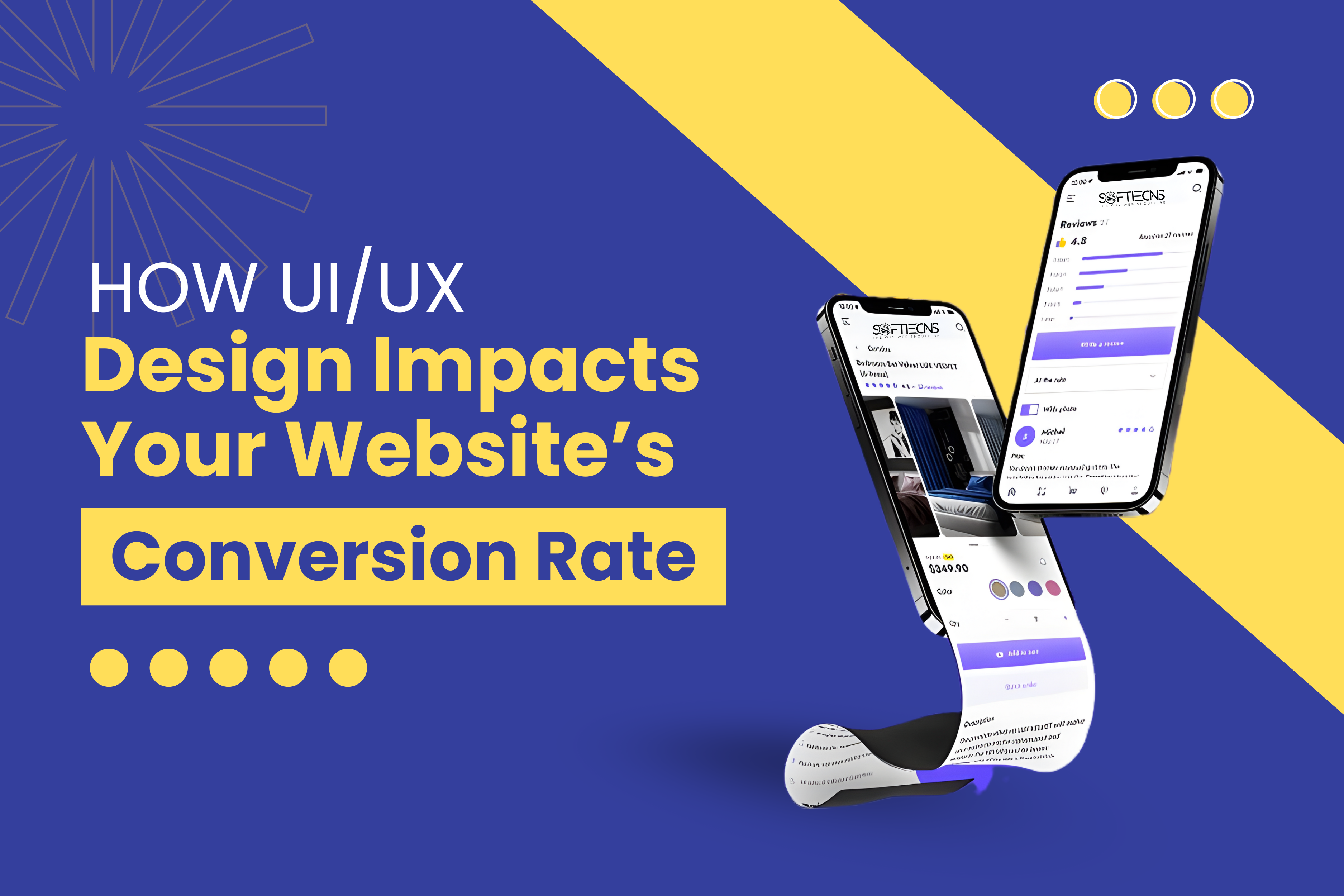How Do I Make a React Progressive Web App?
Fri, 10 Dec 2021
Technology behemoths like Google and
Microsoft have been paving the road for progressive web apps (or PWAs). PWA has
now become a must-have technology for both huge corporations and small businesses.
React progressive web app builders are used by Twitter, Starbucks, Google, and
AliExpress to improve their online image.
PWA stands for Progressive Web App, and it is a web
application that combines the benefits of native and web apps. It is encased in
the main body of cross-platform programs and delivers hardware functions. It is
easier, faster, and less expensive to design and maintain than native apps.
PWA provides access to features that aren't
available on standard websites. Offline work, push alerts, access to geographic
location, camera, microphone, and more features are included. PWAs can also be
used outside of the browser, thanks to a local application shell that can be
launched at startup.
At the time of writing, React was the sixth most
frequently starred open-source repository on Github.
At the time of writing, Stack Overflow, the world's
largest programming community, had over 327,847 queries with the tag #reactjs.
According to various studies and a study conducted
by the top 30 PWAs report, react progressive web app builders had a 36 percent
higher average conversion rate than native mobile apps.
Companies that use PWA have a 50 percent increase in
client engagement, according to Smashing Ideas.
According to the same analysis from shattering
ideas, development and maintenance have decreased by 33%. The analysis also
shows that if PWA can satisfy all mobile web needs without the need for new or
current apps, development and maintenance costs might be reduced by more than
33%.
React
and PWA
Since you are aware of the significance of PWA. A
react app, also known as a PWA or progressive web application, can be created
in a variety of methods. You may easily utilize vanilla JS, HTML, and CSS, as
well as your preferred framework and libraries. Ionic, Vue, Angular, Polymer,
and, of course, React are all popular options.
·
Web technology for Progressive Web Apps
(PWAs):
·
Manifestations on the internet
·
Agents of service
·
The shell of an application
·
HTTPS
How
Do You Make A React App?
To begin learning how to develop a web app, make
sure you have the most recent version of Node installed as well as a familiar
code editor. Visual Studio Code is a popular choice for many people.
However, if you have a react web application that
you need to integrate with progressive features, it's fantastic. If you haven't
already, make sure you install it to get the most out of React native app
development. CreateReactApp, a Facebook tool, may assist you with this. You may
even use GitHub to import ready-made response applications.
Using
Create-React-App to Create a Progressive Web App
Create
a React App from Scratch
·
The initial step is to create a PWA.
Create-react-app, as explained in the preceding paragraph, is required for
this. If you don't have it installed on your machine, you can use the following
code to start it:
·
Create-react-app -g npm
·
Enter the npx command to create a
TypeScript React app with create-react-app:
·
npx create-react-app
pwa-react-typescript –template typescript npx create-react-app
pwa-react-typescript –template typescript
·
These instructions will generate a
TypeScript-based React web app that you can test locally using:
·
cd PWA-react-typescript
PWA-react-typescript PWA-react-typescript
·
begin with the yarn
·
Another way to make a React app is to
use:
·
react-PWA create-react-app
The
files that will be built in the react-app folder are shown in the image below.
·
Become a Service Worker by filling out
the form below.
·
Develop-react-app (CRA) provides tools
to answer the issue, "How can I create a PWA app with React for my
business?"
·
But what if you want to create a
progressive web app that can be used offline? The auto-generated service worker
file must then be configured.
·
The index.js file is located in the
newly created project's directory. When you open it, you'll see the following
code:
·
The service Worker, which is not
registered, can be found in the file. To register it, replace the unregister ()
call with a register () call.
Set
up the Web App Manifest
You should be aware that the metadata, or information,
contained in manifest.js in the public folder governs how the app appears to
the user and explains its appearance at the launch.
In the public/index.html file, there is a link to
manifest.json:
The use of percent PUBLIC URL percent in the tags
above is to be noted. During development, it will communicate with the URL of
the public folder. It's also worth noting that HTML can only be used to
download things from the public folder.
Chrome requires a manifest.json file in order to
promote your PWA on the Home screen.
Our service worker file is registered with
serviceWorker.js. To respond to your query, where will the worker file be
registered? When the app is developed, i.e. when it is built for production,
the file will be generated with CRA:
·
Build npm run
·
Here's how we'll explain the file's
component:
·
The program creates a build folder in
which the project is saved.
·
The static folder contains all of the js
and CSS files.
·
The index.html page is the primary page
that loads all of the React scripts in the static/js folder, as well as the CSS
in the static/CSS folder.
·
All service worker code is contained in
the service-worker.js file.
·
The precache-man aifest.*.js file stores
all of the files that the service wo
You'll need to load the build folder in the browser
for everything to work smoothly, but first, you'll need a browser. Set up the
HTTP server.
The
next step is to add start to the package's scripts section.
json.
Putting PWA to the test
Following the creation of a React PWA. The next
stage is to put the app through its paces.
Type the following instructions to start the program
in production mode, as shown in the diagram:
Now that you've finished developing your app, it's
time to put it to the test. Google has published a PWA checklist, and you can
use Lighthouse to evaluate your web app. It's a Chrome DevTools tool found in
the namely tab.
Why
should you use React to create progressive web apps?
React is an open-source JavaScript toolkit created
by Jordan Walke of Facebook in 2013. It was designed for creating user
interfaces in a quick, basic, and customizable manner. The Facebook group
maintains the library, and it is now implemented in their products such as
Facebook and Instagram.
The number of JavaScript downloads has surpassed 8
million each week, indicating that React is popular. One of the numerous
reasons why people choose to design react-native applications.
Final
Thoughts
PWA React development for startups is popular
because it allows them to design, build, deliver, and publish PWAs on billions
of devices using tools they are already familiar with. Existing React
applications can be converted to PWAs as well.
PWAs are simple to produce and distribute with the
support of a PWA app development firm, and they boost the worth of customers by
providing local information and better commitment through components such as
add to the home screen, pop-up messages, and more with no establishment
contact.
If you require assistance with developing
progressive web apps react for your business, our team of experienced
progressive web app development firms is ready to listen to your concerns and
offer guidance on the development of progressive web apps react. Similarly, one
of our top PWA contextual investigations may be found.
POPULAR POSTS
Shopify vs. WordPress: Which one is best for e-commerce?
Wed, 07 Apr 2021Role of IoT in the Real Estate Industry
Wed, 14 Apr 2021Why UX And UI Is Important For Mobile Application Development
Sat, 01 May 2021Telemedicine's Advantages in Nursing Homes
Fri, 24 Dec 2021









